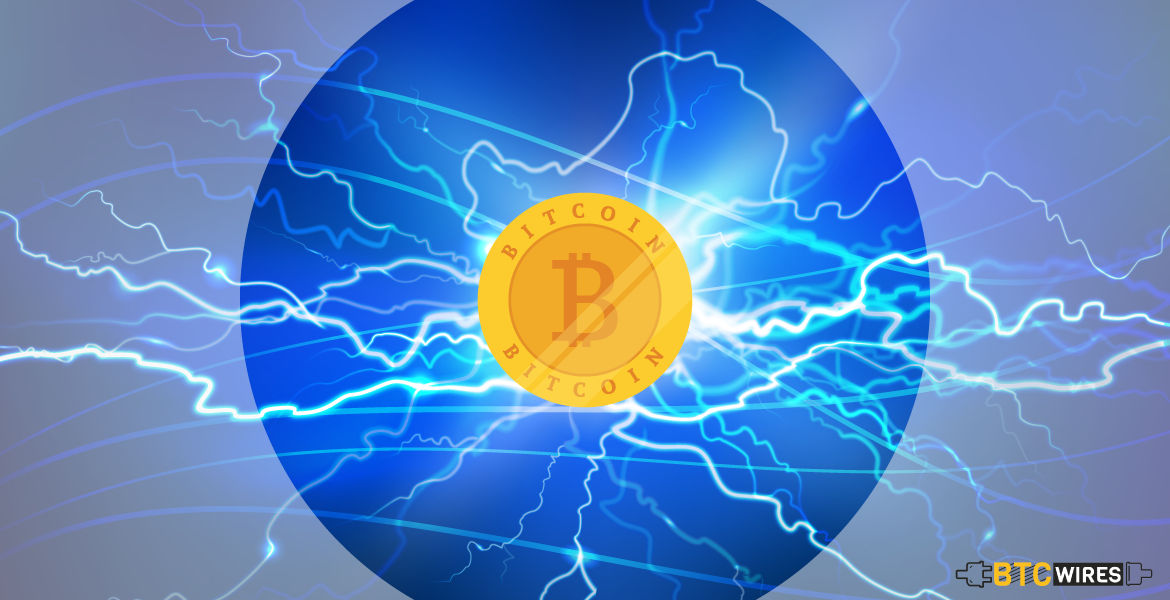If you have a basic idea about altcoins such as

If you have a basic idea about altcoins such as Litecoin, Bitcoin Cash etc., you would know how they all try to tackle Bitcoin’s number 1 problem: the issue of scalability. While mainstream payments giants like Visa is capable of processing of 24000 every single second, Bitcoin manages only a miniscule fraction of that number. With just 7 transactions per second, it is not only more than 3000 times slower than Visa, it is also several times slower than other crypto players. Even the Ripple payment protocol processes 1500 transactions each second.
Naturally, Bitcoin lags behind terribly and the inordinate amount of time required to process a transaction drains a great deal of resources. This creates a huge problem: Bitcoin cannot be used on a large scale. Mainstream adoption thus remains a distant dream for the pioneering cryptocurrency of the world even as payment protocols such as Ripple bag projects with the Gates Foundation and more. Recently, Gates Foundation got Ripple and Coil on board to reach out to unbanked people. That kind of a reach becomes practically impossible for Bitcoin because of its scalability issue. So, does that mean all hope is lost? Not at all. The Lightning Network seems to be the solution and with better implementation, can steer Bitcoin away from the difficult position it finds itself in.
What is the Lightning Network?
The major problem with the Bitcoin blockchain is that it scrutinizes every single transaction with the same fine eye. While that makes sense from the security angle, it proves untenable from the point of view of scalability. Lightning Network attempts to resolve this issue without compromising security. The Lightning Network is essentially a decentralized protocol layer, that, using blockchain smart contract functionality, establishes micropayment channels, speeds up transactions on any blockchain network it is applied to. As a result, the blockchain network becomes less congested and the transaction fees are reduced in addition to enhanced operational efficiency. Off-chain atomic swaps, which basically mean exchanging one crypto coin for the other without bringing a middleman into the equation, also become possible with the help of the Lightning Network. According to the protocol’s official website, Lightning Network is meant for:
“Scalable, Instant Bitcoin/BlockchainTransactions”
Lightning Network: How Does it Work?
This protocol borrows resources from the blockchain technology it is placed upon as a second layer. It uses Smart Contract functionality to develop a secure network where even high-volume transactions can also be completed extremely quickly. It sets up two-way payment channels where both parties to a transaction must sign while updating the ledger. However, this information updated is not communicated to the rest of the network. The parties involved can make updations and modifications to the ledger entry, till a final/latest version is reached upon and validated by the smart contract. After that, the latest version of the transactions becomes visible to the rest of the network. In these cases, the underlying blockchain network’s role as an arbiter is made deterministic so that off-chain transactions can be processed and validated under its aegis without actually having to run the transactions by it (unless some problem occurs or barrier is encountered).
Why Do We Need the Lightning Network?
The speed, the scale, the cost-effectiveness and atomic swap functionality are enough to make the Lightning Network an incredibly exciting protocol. The fact that it allows you to complete transactions fast and at an extremely low-cost way are advantages you would get with few other services. This protocol’s ability to allow for cross-blockchain exchanges also makes it a very flexible protocol to use. Now that Lightning Network can even enable transfer of Bitcoins via an Excel plugin makes this technology all the more exciting.

